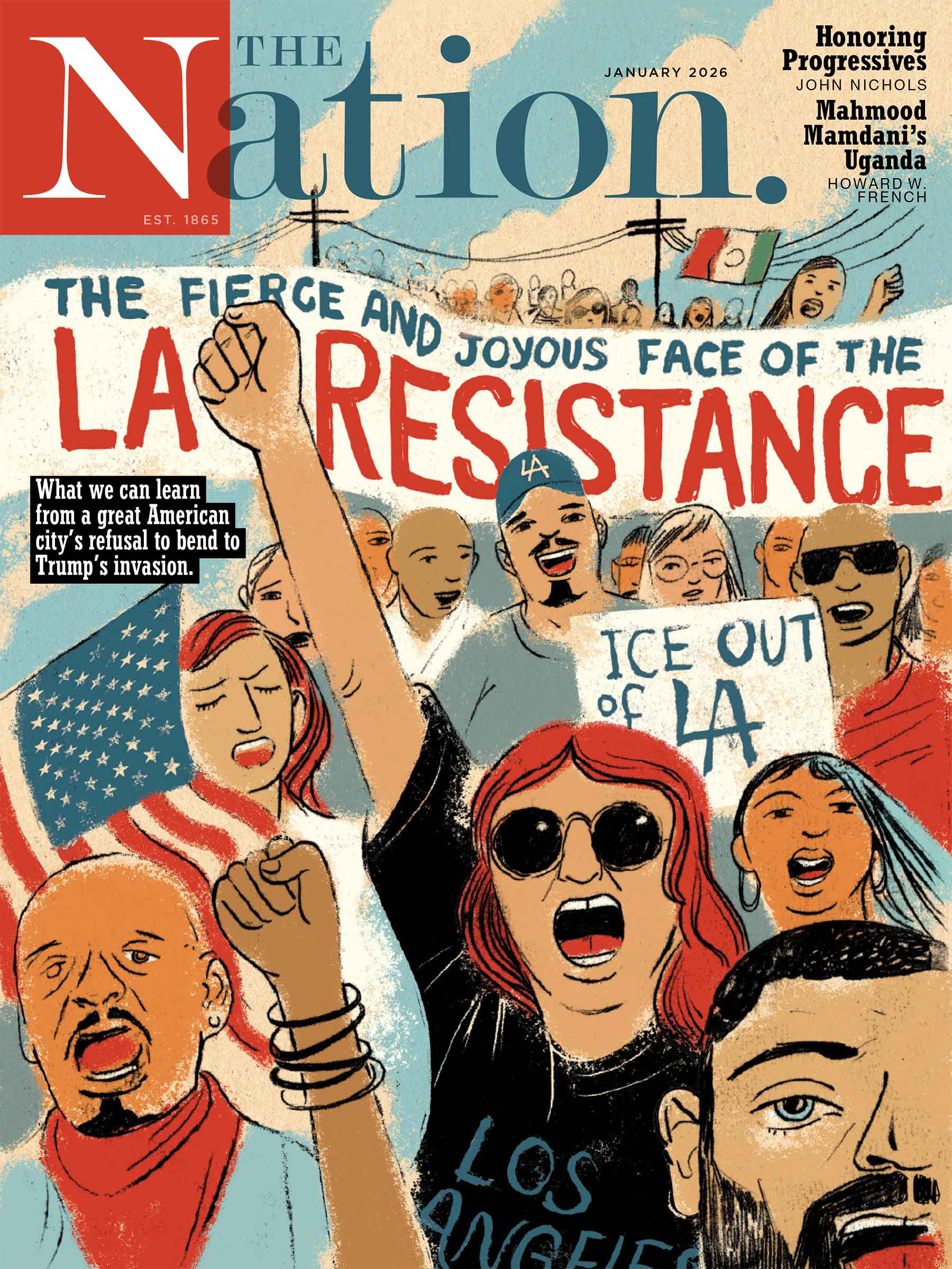On March 12, 1933, a week after his inauguration and in the midst of a monumental economic crisis, President Franklin Roosevelt took to the radio to address the nation. “My friends,” he began in a calm, resonant voice, “I want to talk for a few minutes with the people of the United States about banking.” For thirteen minutes Roosevelt patiently explained how banks work, what had gone wrong and what the government planned to do. Thirty times during his presidency FDR engaged the American public, on topics ranging from drought to the judiciary to war, offering his analysis and laying out his plans.
This was propaganda. FDR’s talks were scripted by policy advisers and stylized by the playwright Robert Sherwood. Through these homey “fireside chats” the aristocratic Roosevelt recast himself as a plain-talking everyman. Yet listening to these speeches today the listener is struck by how informative they are. Technical details of financial policy and global trade are explained in refreshingly nontechnical language, and while style certainly matters, substance is not sacrificed. Through his radio addresses FDR modeled a relationship between President and citizen. He asked his listeners to think about and apply their own experience to the topic he was discussing and, in one instance, even encouraged them to spread out a map on their dining room table as he charted out battle lines for World War II. In marked contrast to the techniques practiced at the time by totalitarian regimes overseas, this form of mass persuasion did not encourage adulation of a leader but discussion–even if only imaginary–with him.
There was no official propaganda program during the New Deal, just a hodgepodge of media efforts carried out by an alphabet soup of agencies. FDR entertained the press in the White House, winning their loyalty by increasing access to his presidency. Murals created by the Works Progress Administration on the walls of post offices and other public buildings retold history as the accomplishment of everyday citizens. The Resettlement and later Farm Security Administrations re-envisioned the face of America by commissioning tens of thousands of photographs of poor farmers and workers.
But the best propaganda for the New Deal lay in the material projects themselves: the parks built, roads constructed and young people put to work by the Civilian Conservation Corps; the integrated system of power, agriculture and industry of the Tennessee Valley Authority; and the handsome, handcrafted Timberline Lodge, built atop Oregon’s Mt. Hood by the WPA. These accomplishments were then publicized. In one imaginative effort, the Bonneville Power Administration even paid Woody Guthrie to visit the Columbia River Gorge and write songs in homage to the land, the river and the new federally funded dams.
What all these publicity efforts had in common was an assumption that form and content needn’t be an either/or proposition, that aesthetic image and material reality might be complementary, and that publicity could be used to include, not distract, the American people. New Deal publicity spoke to the emotions but also fed the mind. As public relations historian Stuart Ewen argues, “Unspoken, but evident, was a determined and unaccustomed faith in ordinary people’s ability to make sense of things.” It was propaganda, but it was propaganda in tune with democracy.
Many progressives today have an adverse reaction to propaganda: ours is a politics based in reason and rationality, not symbols and fantasy. Given our present Administration’s fondness for selling fantasies as reality, this aversion to propaganda is understandable. But it is also naïve. Mass persuasion is a necessary part of democratic politics; the real issue is what ethics it embodies and which values it expresses. In November, it’s possible that Democrats will control both the executive and legislative branches. To capitalize on this moment they need to learn how to mobilize public opinion, and by learning from their past they can do this in a way that supports rather than undermines popular democracy.
Other contributions to the forum:
Bill McKibben: A Green Corps
Michael J. Copps: Not Your Father’s FCC
Andrea Batista Schlesinger: A Chaos of Experimentation
Eric Schlosser: The Bare Minimum
Frances Moore Lappé: The Only Fitting Tribute
Adolph Reed Jr.: Race and the New Deal Coalition
The Rev. Jesse Jackson: For the ‘FDR’
Andy Stern: Labor’s New Deal
Anna Deavere Smith: Potent Publics
Sherle R. Schwenninger: Democratizing Capita
Howard Zinn: Beyond the New Deal


